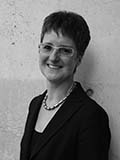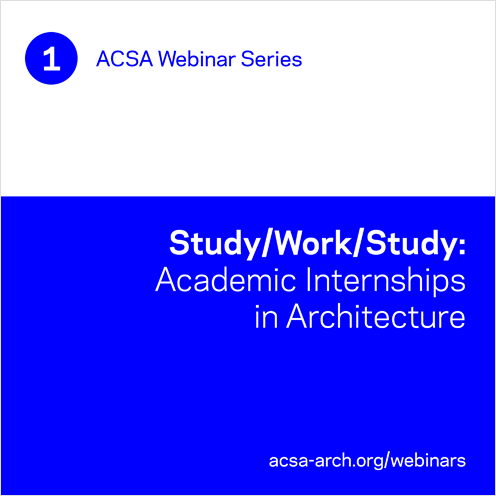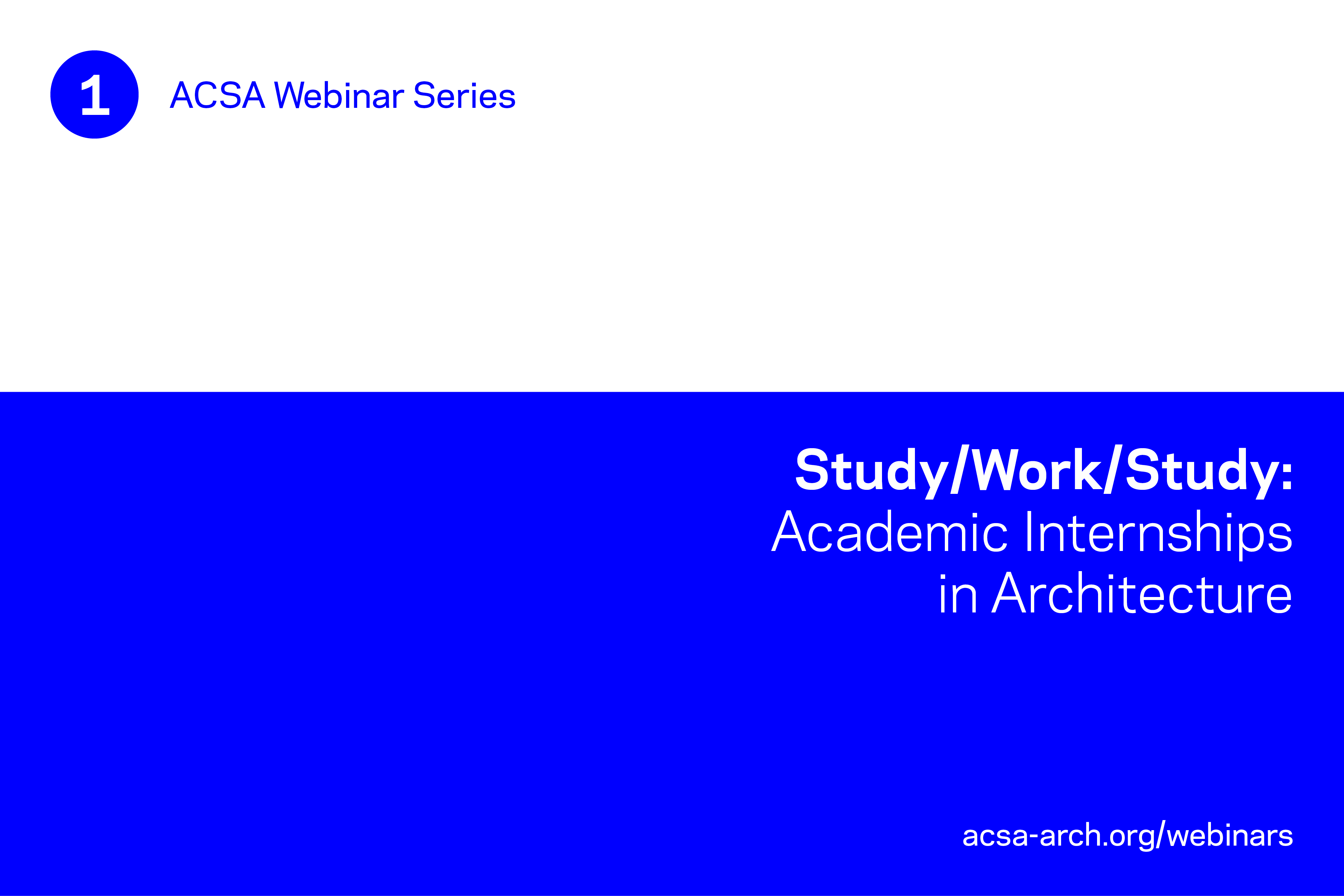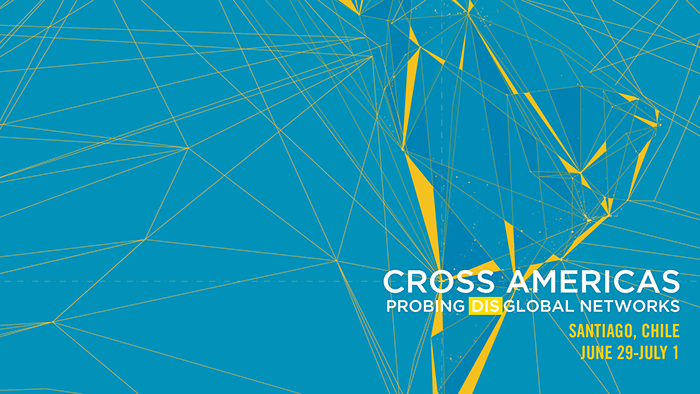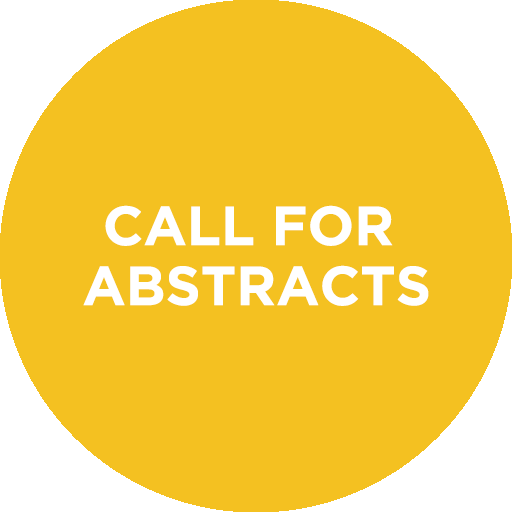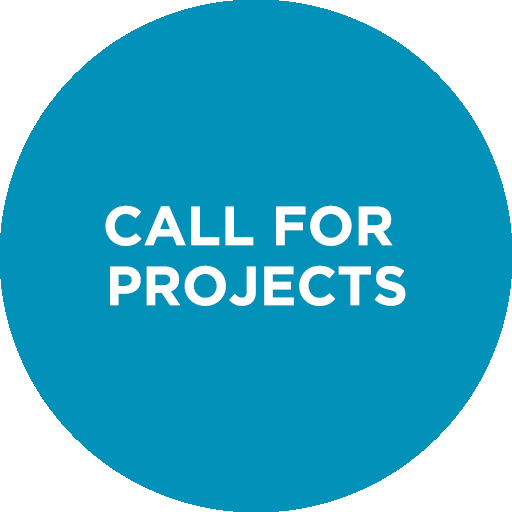The AASL Core Reference List
Barbara Opar and Barret Havens, column editors
Navigation tabs of AASL Core Reference List organized by research category.
Need to identify the key publications or databases to refer to for a variety of specific architectural research needs? Do you need to quickly distribute a list of major technical handbooks and standards or other resources to your undergraduate class? Then check out the AASL Core Reference List for help!
AASL would like to share with you the results of this important team effort. The Association of Architecture School Librarians has just completed a project designed to benefit faculty and students in schools of architecture as well as our fellow librarians. For several years, task force members Kathy Edwards (Clemson), Janine Henri (UCLA), Barbara Opar(Syracuse) and Amy Trendler (Ball State) have been creating a list of core reference resources needed for academic programs in architecture.
First, the task force identified essential categories of reference tools and then developed a list of corresponding resources for each category which would aid researchers from beginner to advanced. The list includes the following categories:architecture schools; bibliographies/guides to research; biographical resources; building codes and regulations; cost estimating; dictionaries and encyclopedias; graphic standards and drawing guides; surveys and histories of architecture; special collections; indexes and databases; professional practice; specifications and trade literature; guides to architectural styles; technical handbooks and standards; and finally visualresources. In addition to the original categories the authors added a section listing publications relevant to each of the NAAB Student Performance Criteria and related subcategories. The authors collaborated using Springshare’s online LibGuides platform, which facilitated compiling the resources for each category, reviewing each other’s selections, and eventually publishing the Core Reference List. Overall editing of the AASL Core Reference List was completed by Barret Havens, Outreach Librarian at Woodbury University in Burbank.
AASL hopes that this guide will prove useful to faculty, students and fellow librarians in quickly ascertaining core reference works in the field of architecture. As a catalog of key resources, it could become part of the NAAB accreditation used to evaluate architecture libraries. AASL’s core periodical list– which is in the process of being updated- has been used in this way. We welcome your input and feedback on this and other lists we develop and update in the hopes of benefiting the field of architectural education.

 Study Architecture
Study Architecture  ProPEL
ProPEL 



